How To Use The Bounce On Your Wedges
Knowing how to use the bounce on your wedges could transform your play around the greens and help you to shoot lower scores
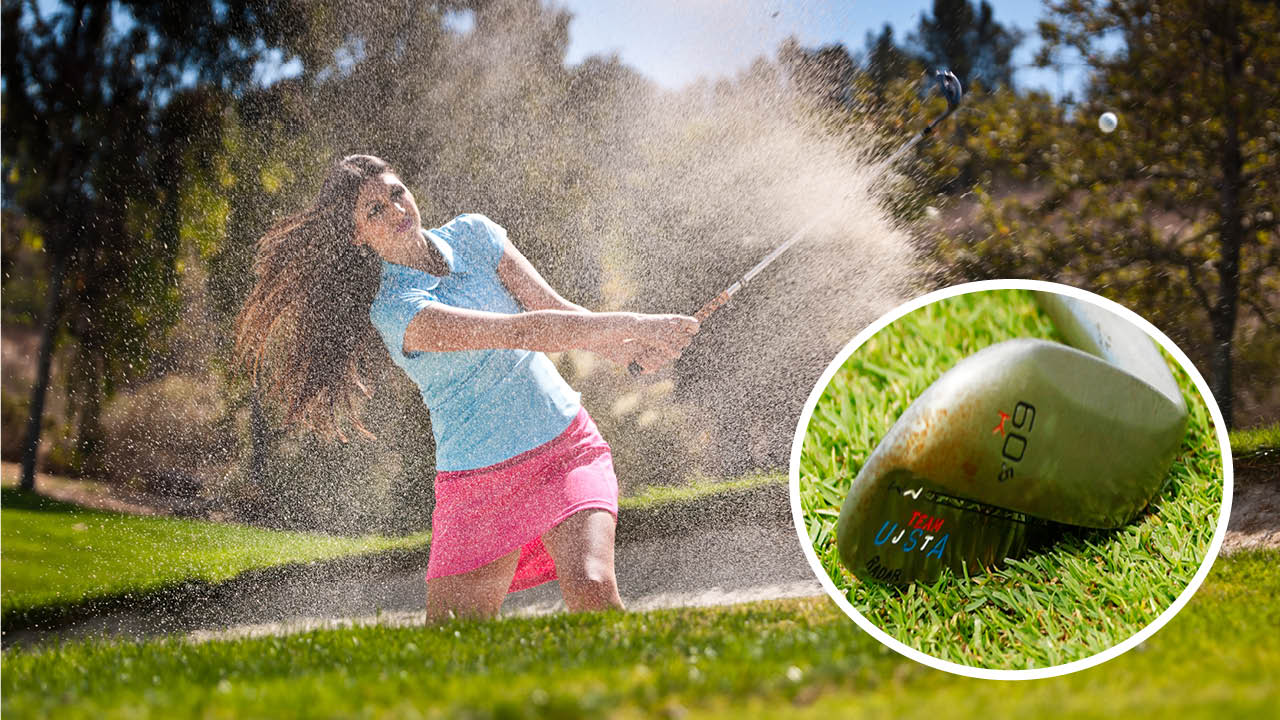
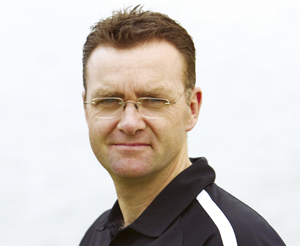
Gary Alliss
As golfers, we all know how important our short game is to our scoring potential. The difference between a good and bad round can often come down to the finest of margins, with that one dodgy wedge shot staying in your mind way beyond the 19th hole.
Understanding how to use the bounce on your wedges is a great way to sharpen up your approach, so we asked Golf Monthly Top 50 Coaches John Jacobs and Gary Alliss to help get you started...
What Does The Bounce On A Wedge Do?
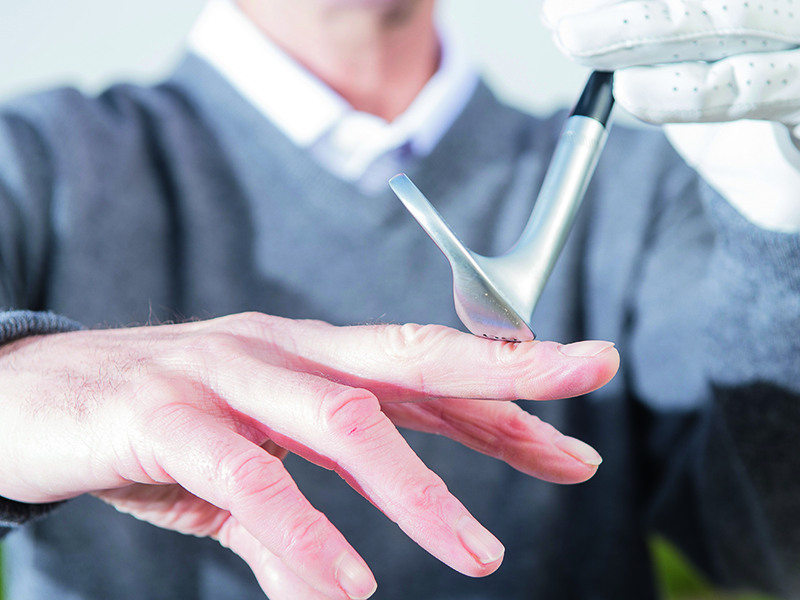
Firstly, we should probably clarify what we mean by the term 'bounce'. Golf Monthly Top 50 Coach John Jacobs describes this as the angle at which the leading edge of the club sits above the ground at address. It stops the leading edge from digging into the turf, so how can you use that to your advantage?
If you come into the ball steeply, there’s more shaft lean. In this situation, the leading edge becomes sharper. This can create a problem, because if you don’t strike the ball perfectly, your wedge can dig into the ground like a knife into butter. Bounce fills that gap you’re creating.
With a shallower delivery, you don’t need that bounce, but with too much bounce, your back edge starts impacting the ground first and throws the leading edge up into the air.
It's also important to consider where you play golf most often. If you face a lot of tight lies, for example on a links course, less bounce may be preferable so you can get to the bottom of the ball more easily.
How Do I Use The Bounce On My Wedges?
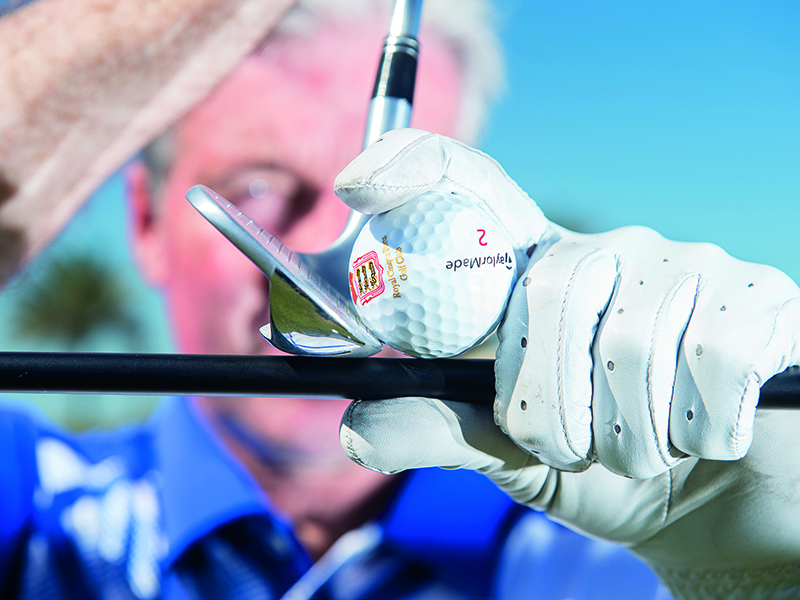
Golf Monthly Top 50 Coach Gary Alliss explain that when you’ve got very little green to work with, using the bounce in the sole of your wedges to full effect is a great way to help you get it close. Generally, you’ll need a slightly fluffy lie as it’s almost impossible to play this shot off a really tight lie because of the way the club passes under the ball.
Get the Golf Monthly Newsletter
Subscribe to the Golf Monthly newsletter to stay up to date with all the latest tour news, equipment news, reviews, head-to-heads and buyer’s guides from our team of experienced experts.
If turf conditions are right, the leading edge kind of gathers the ball. From impact to separation, you’re using the bounce to release the right hand under it and pop it up almost vertically, so it lands dead and without any spin.
At address, try to keep things almost dead square with no shaft lean, so even if you thin it a touch it will still land quite well. It’s one of the few shots in golf where you almost want to encourage the hands to work independently rather than as a unit.
To play it from slightly worse lies, try moving your left hand to the left a little on the grip and your right hand to the right to further encourage the wrist action needed to play this shot well.

Location: Cumberwell Park
John has been Head Professional at Cumberwell Park in Wiltshire since it opened in 1994. He gets as much pleasure teaching beginners as he does county players, although being Wiltshire's Head Coach, Boys Coach and Girls Coach means he's always in demand. He also works with England Golf, and was England Coach Of The Year in 2020.
He's had the pleasure of working with many top players over the years, and has fond memories coaching the likes of Tommy Fleetwood, Matthew Fitzpatrick and Tom Lewis before they made the leap into professional golf. John specialises in swing analysis and short game development.
- Gary AllissTop 50 Coach
-
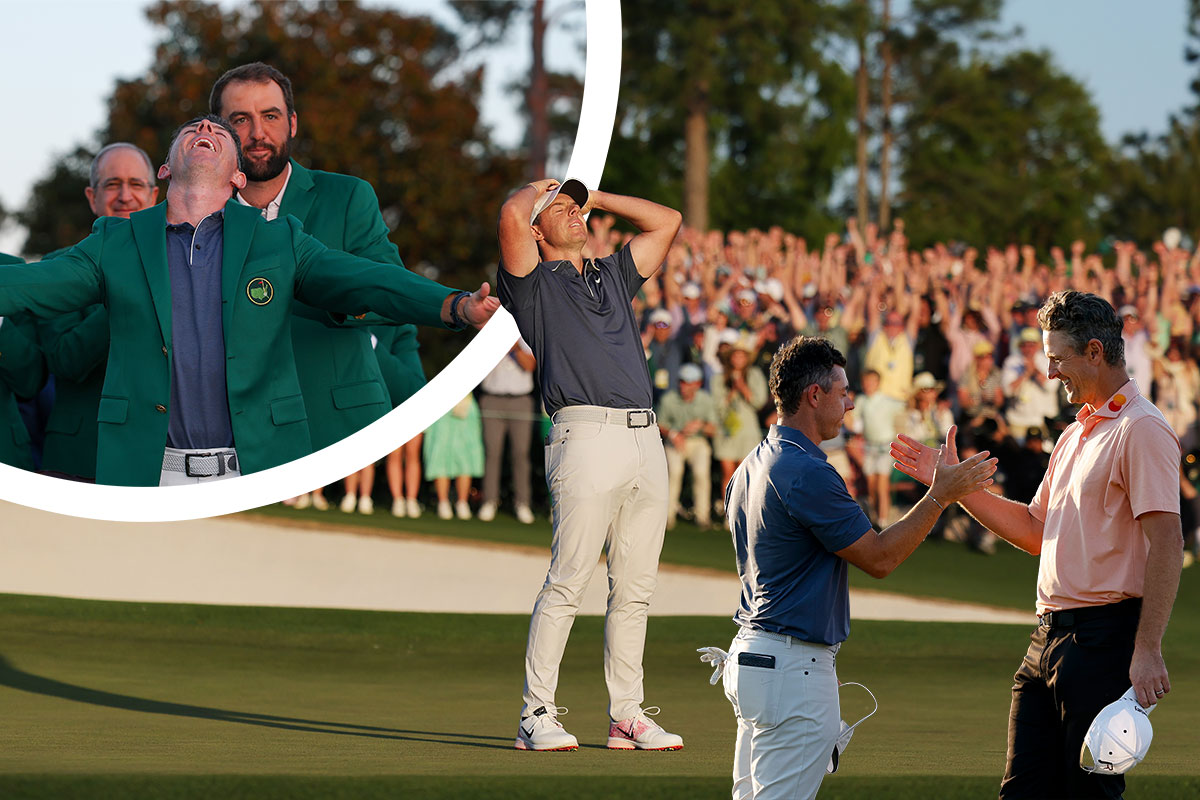 Was Rory McIlroy's Epic Masters Win The Greatest Major Of All Time?
Was Rory McIlroy's Epic Masters Win The Greatest Major Of All Time?Rory McIlroy winning The Masters and completing the Career Grand Slam was the perfect finish to an amazing tournament... but was it the most dramatic ever?
By Barry Plummer Published
-
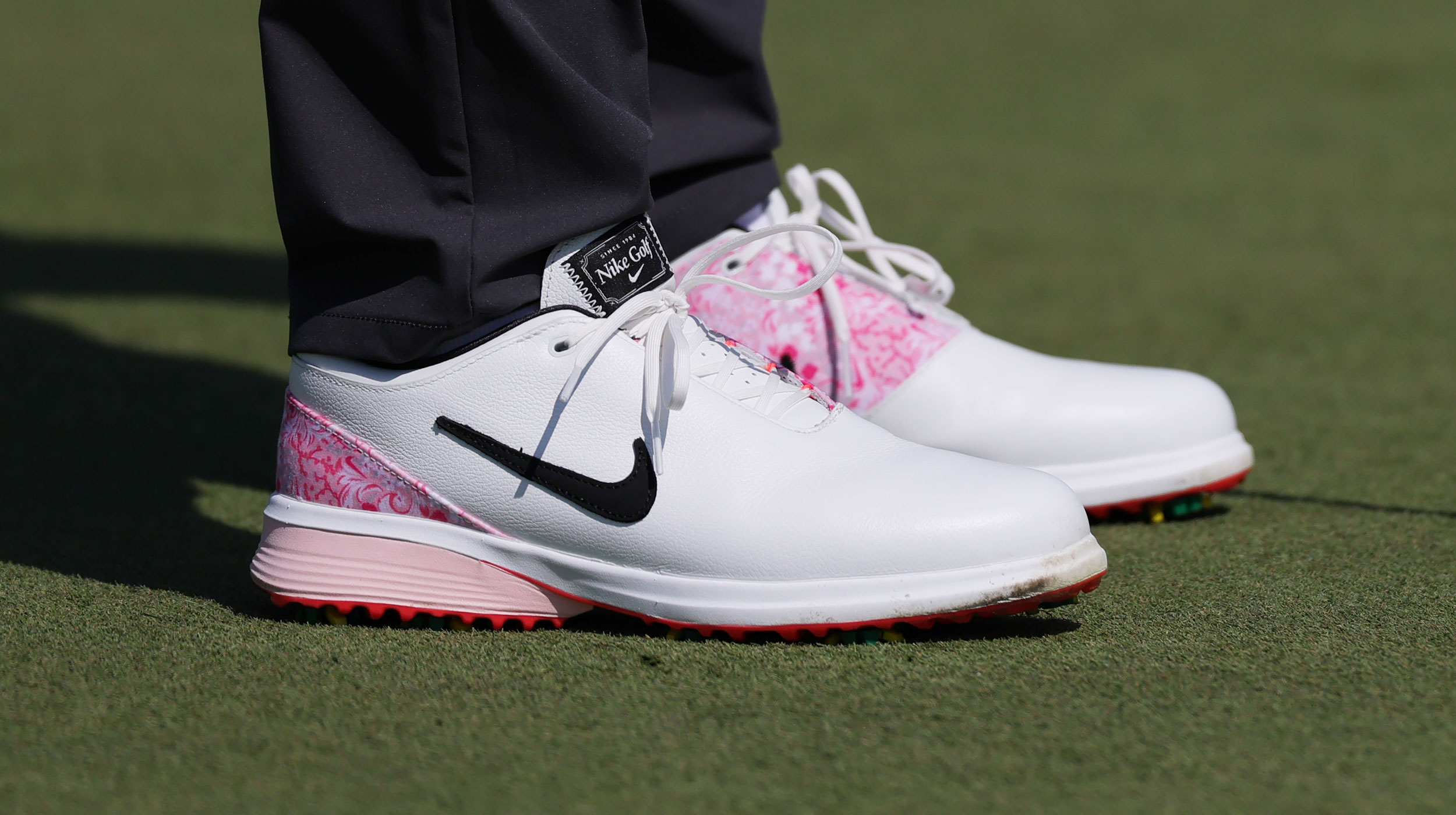 Rory McIlroy's Masters Winning Golf Shoes Are Sold Out Everywhere But Here Is How You Can Get A Pair
Rory McIlroy's Masters Winning Golf Shoes Are Sold Out Everywhere But Here Is How You Can Get A PairThe image of Rory falling to his knees in celebration at Augusta will live forever, but how can fans buy his limited edition shoes if they're sold out almost everywhere?
By Conor Keenan Published